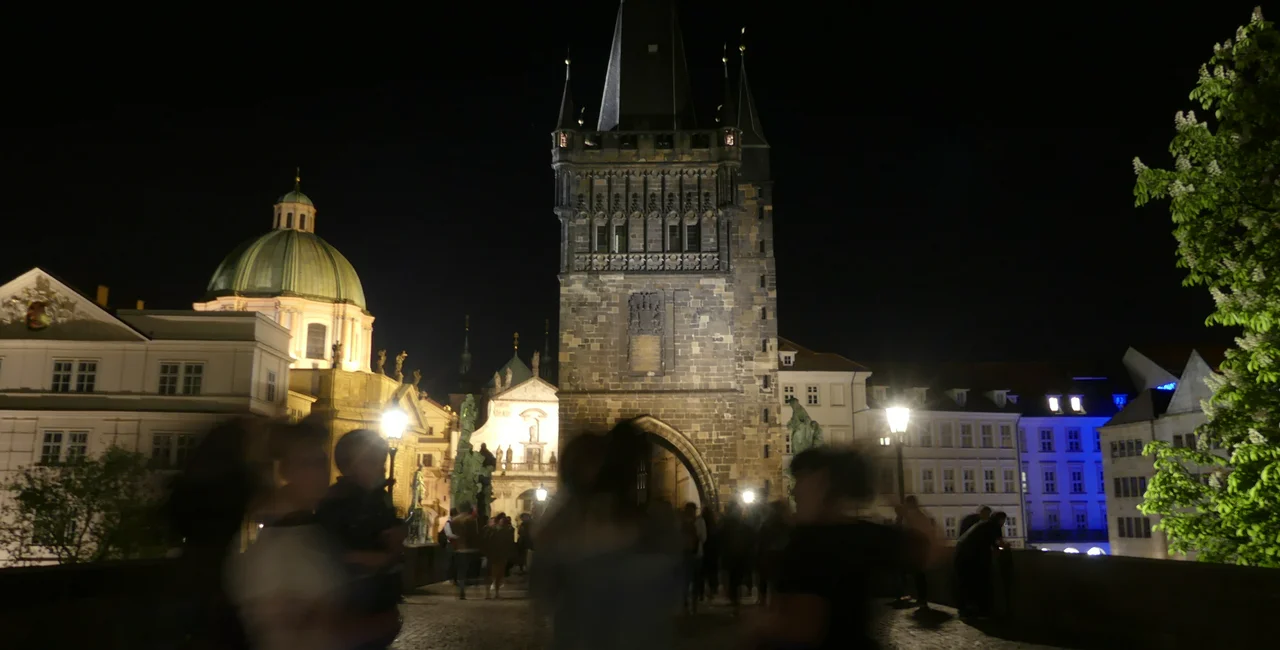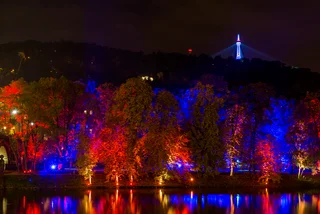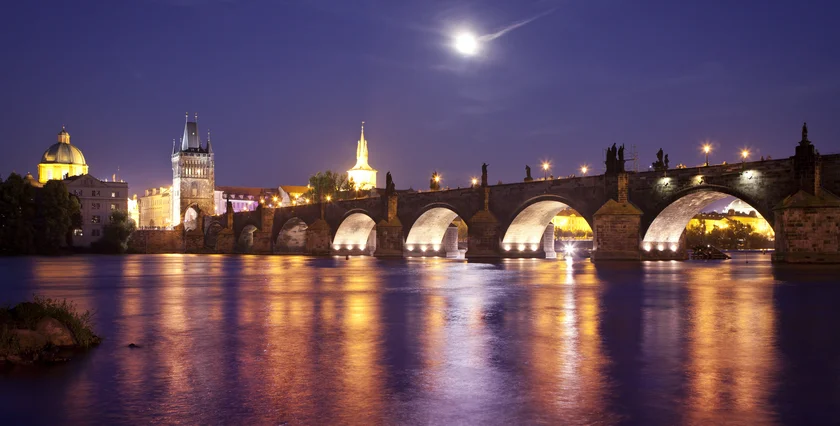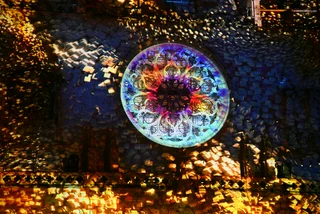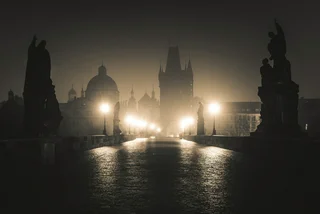Prague has reduced the nighttime illumination of some city monuments and historical sites to save on energy costs. The National Heritage Institute, which manages many of Czechia’s castles and chateaux, is also taking cost-cutting measures and may shorten the opening hours of some sites in the winter.
Lighting on Prague monuments will switch off at 9:30 p.m. instead of the previous 11 p.m. The city is also selecting some monuments that could be switched off completely.
The reduced lighting time applies to all monuments that are lit by the municipal company Technology of the City of Prague (THMP). The city has about 140 monuments with spotlights installed for night illumination, including Charles Bridge, the Petřín Tower, the National Theatre, the Rudolfinum, and many churches. But Prague Castle is not included as it is not under the city’s administration.
This is the second reduction after the Prague City Hall reduced the lighting hours on monuments this June by two hours a day.
"This next step to reduce energy consumption will bring cumulative savings in the order of millions of crowns per year," City Councilor Jan Chabr said.
He added that the city and THMP are now cooperating on selecting what monuments will have their night lighting turned off completely.
THMP head Tomáš Jílek told the Czech News Agency (ČTK) that the managers of some churches are afraid that completely switching off the lights would have a negative influence on security. "We have been tasked to select the monuments where it could be completely switched off with no effect on the lighting at the given site," Jilek said, explaining that the illumination of some monuments is interlinked with the public lighting system and cannot be operated separately.
The monuments don’t all light up at once. The lighting starts shortly after sunset, but the oldest monuments are lit first and the newest ones last. When switching the lighting on and off, the times are graduated in three-minute increments. It takes 33 minutes for all the monuments to get lit.
In addition to limiting the operating hours of the night lighting, Prague is also investing in the gradual replacement of sodium lamps with LED lamp, which will create up to 30 percent savings in electricity. The LED lamps will be uses not only for street lights but also for the ceremonial lighting on buildings.
The National Heritage Institute (NPÚ), which administers about a hundred state-owned buildings and monuments, said won’t shorten opening hours of historical sites as running the monuments is rather low-cost in the long term. They don’t rule out limiting the opening hours of individual sites in the winter months, however.
NPÚ spokeswoman Klára Vebrová noted that NPÚ had introduced saving measures last year already, such as using energy-saving light bulbs and reducing the illumination of historical buildings and sites. The NPÚ also lowered the temperature of the greenhouse heating to a sustainable level for the flowers kept inside, as well as the temperature in administrative buildings.
Energy supplies are secured until the end of 2022 and the selection of the supplier for 2023 is currently in preparation, Vebrová said.
Even though the government-planned energy price caps make the prospects better, another important factor is that the energy consumption might increase in relation to the possible longer heating season, Vebrová said, adding that the NPÚ has been granted increased subsidies to cover the expenses on energy.
Prime Minister Petr Fiala called for people to use gas and electricity wisely in a televised address to the nation on September 18, adding that he would see to it that the state and its institutions set an example.












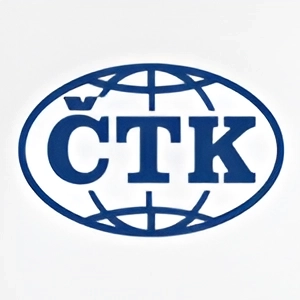
 Reading time: 3 minutes
Reading time: 3 minutes 